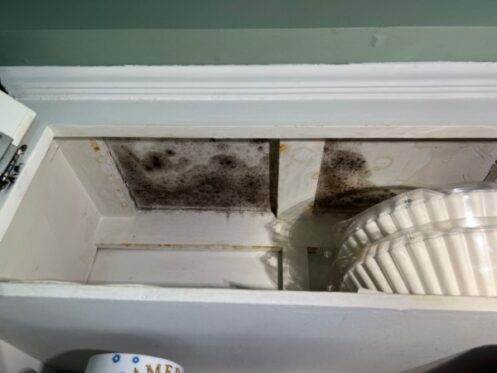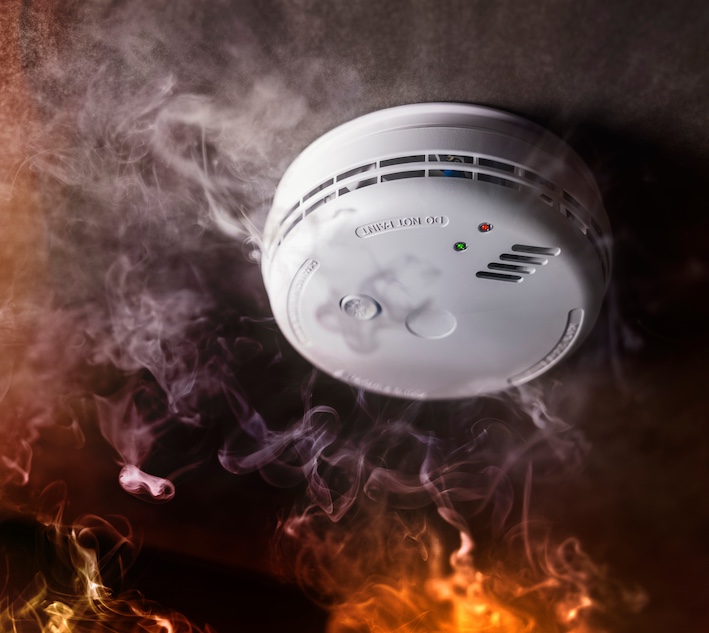“VOC” is the acronym for volatile organic compounds and it’s rapidly becoming an important topic with homeowners, and for good reason. Continue reading to find out how to avoid having health-risking VOCs in your sanctuary.
VOCs are a large group of chemicals that are found in all living things, as well as many products we use to build and maintain our homes. These organic compounds easily vaporize and present health concerns to humans and animals alike. Because VOCs are present in our day-to-day lives it is important to understand the nature of these compounds and how to reduce your exposure to them.
Once VOCs are in your home, they are released or “off-gassed” into the indoor air you breathe. In fact, most scents or odors in your home are VOCs, but smelling them is not a good indicator of whether or not they represent a health risk.
The health risks from inhaling VOCs depends on how many are in the air and how often a person inhales them. Remember, VOCs refer to a group of chemicals and each chemical has its own toxicity and potential for causing different health effects.
People with respiratory problems such as asthma, young children, the elderly, and people with heightened sensitivity to chemicals are most likely to be at risk from the health effects of VOCs.
What are the sources of VOCs?
VOCs are far more present in our day-to-day lives than most people realize. Potential sources of off-gassing VOCs range from construction materials to furniture, to any number of household cleaning products. As a result, levels of VOCs are quite often two to five times more concentrated indoors than outdoors.
Some Of The Main Sources Of VOCs In Your Home Include:
- Adhesives and sealing caulks
- Air fresheners
- Aerosol sprays
- Cleansers and disinfectants
- Carpets
- Composite wood products
- Cosmetics
- Moth balls
- Paints and varnish
- Paint strippers and other solvents
- Upholstery and foam
- Vinyl and wood flooring
- Photocopiers
- Wood preservatives
- Stored fuels and automotive products
- Hobby supplies
- Dry-cleaned clothing
- Newspaper and magazines
- Tobacco smoke
What Health Issues Do VOCs Cause?
VOCs are potentially dangerous because they can cause significant health issues from both short and long term exposure. Possible symptoms include:
- Headaches
- Nausea
- Dizziness
- Nose and throat irritation
- Allergic skin reaction
- Fatigue
- Asthma exacerbation
- Visual disorders
- Eye irritation/infection
- Nose and throat irritation
- Respiratory tract infections
It is important to note that the health issues caused by VOCs vary and are dependent upon several factors, including:
- The length of your exposure to them
- The VOCs off-gas rate
- Your home’s ventilation
- The combination of chemicals you’ve been exposed to
Additionally, long-term exposure to VOCs can lead to more serious conditions. To purify your home or business and rid common areas from any potential health-risking VOCs, reach out to a chemical-free treatment provider in your area to help eradicate any possible issues.



